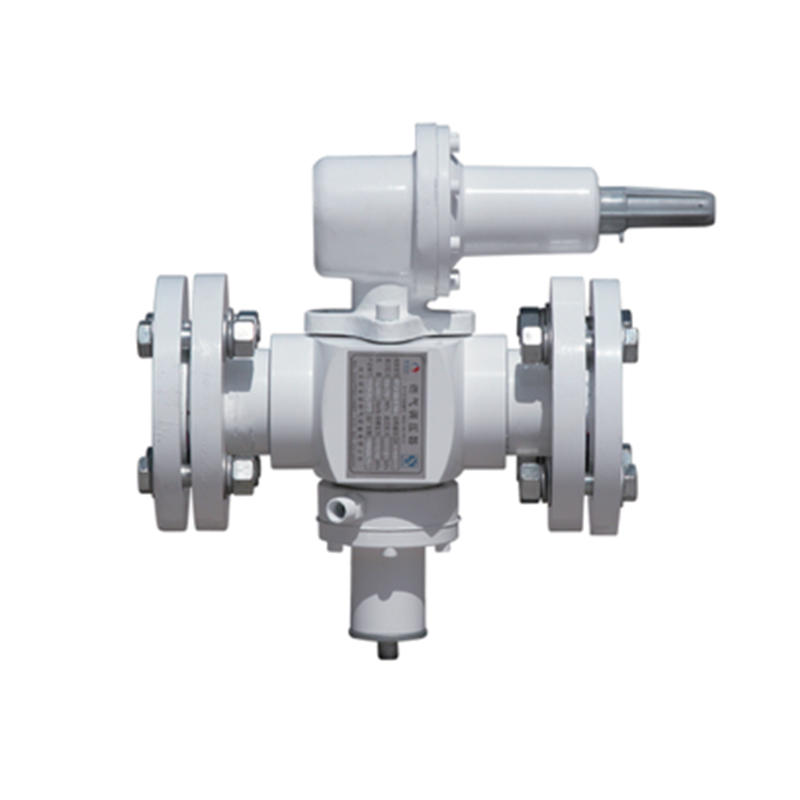
Dec . 13, 2024 03:11
Back to list
Exploring the Potential of Gasifiers in Sustainable Energy Solutions
Understanding Gasifiers A Key to Sustainable Energy Solutions
In the quest for sustainable energy sources, gasifiers have emerged as vital players in the realm of renewable energy technologies. A gasifier is a device that converts carbonaceous materials, such as biomass, coal, or waste materials, into a combustible gas known as syngas or synthesis gas. This innovative process not only helps in energy production but also plays a significant role in waste management and resource optimization.
The Process of Gasification
The gasification process involves several stages, where organic or fossil-based material is subjected to high temperatures, limited oxygen, and various catalysts. Initially, the feedstock is dried and heated to high temperatures, leading to pyrolysis – the thermal decomposition of materials without oxygen. During this phase, volatile compounds are released, and solid residues (char) are formed.
Following pyrolysis, the char undergoes oxidation, reacting with a controlled amount of oxygen to produce heat. This heat, in turn, drives the endothermic reactions of gasification. The remaining materials are then converted into syngas, primarily composed of carbon monoxide (CO), hydrogen (H2), and a small amount of methane (CH4). The resulting syngas can be further processed or utilized directly in energy applications.
Applications of Gasifiers
Gasifiers play a crucial role in various applications across different sectors. One of the most prominent uses of syngas is in power generation. By using combined heat and power (CHP) systems, syngas can be burned in gas turbines or internal combustion engines to generate electricity. This can be particularly advantageous for rural or off-grid areas, where traditional energy sources might be inaccessible.
Moreover, syngas can serve as a feedstock for producing renewable fuels and chemicals. Through processes such as Fischer-Tropsch synthesis, syngas can be converted into liquid fuels, including gasoline and diesel, thus contributing to the decarbonization of the transportation sector. Additionally, the versatility of syngas allows for the production of high-value chemicals, such as methanol and ammonia, which are essential in the manufacture of fertilizers and other industrial products.
gasifier

Environmental Benefits
One of the key advantages of gasification is its potential for reducing greenhouse gas emissions when compared to conventional combustion processes. By converting waste materials into energy, gasifiers help divert organic waste from landfills, reducing methane emissions—a potent greenhouse gas. Furthermore, the carbon dioxide produced during the gasification process can be captured and utilized or sequestered, minimizing its impact on climate change.
Gasification also offers the possibility of utilizing a diverse range of feedstocks. This flexibility allows for the integration of local waste materials, agricultural residues, and even municipal solid waste, promoting a circular economy. By harnessing these resources, communities can reduce dependency on fossil fuels while creating a more resilient energy landscape.
Challenges and Future Directions
Despite the numerous benefits, there are challenges associated with gasification technologies. The initial capital investment can be high, and the technology requires careful management to optimize operational efficiency. Moreover, the feedstock quality and composition can significantly impact gasifier performance, necessitating advanced engineering solutions.
Research and development efforts are ongoing to enhance gasifier efficiency, improve the handling of diverse feedstocks, and reduce costs. Innovations such as integrated gasification combined cycle (IGCC) systems and advanced catalysts are being explored to make gasification more competitive and accessible.
Conclusion
As we strive for a sustainable energy future, gasifiers present a promising solution that can bridge the gap between waste management and energy production. Their ability to convert diverse feedstocks into valuable syngas opens up a world of possibilities for clean energy generation and resource conservation. By investing in gasification technology, we can take significant strides towards a greener and more sustainable planet.
Latest news
-
Safety Valve Spring-Loaded Design Overpressure ProtectionNewsJul.25,2025
-
Precision Voltage Regulator AC5 Accuracy Grade PerformanceNewsJul.25,2025
-
Natural Gas Pressure Regulating Skid Industrial Pipeline ApplicationsNewsJul.25,2025
-
Natural Gas Filter Stainless Steel Mesh Element DesignNewsJul.25,2025
-
Gas Pressure Regulator Valve Direct-Acting Spring-Loaded DesignNewsJul.25,2025
-
Decompression Equipment Multi-Stage Heat Exchange System DesignNewsJul.25,2025

